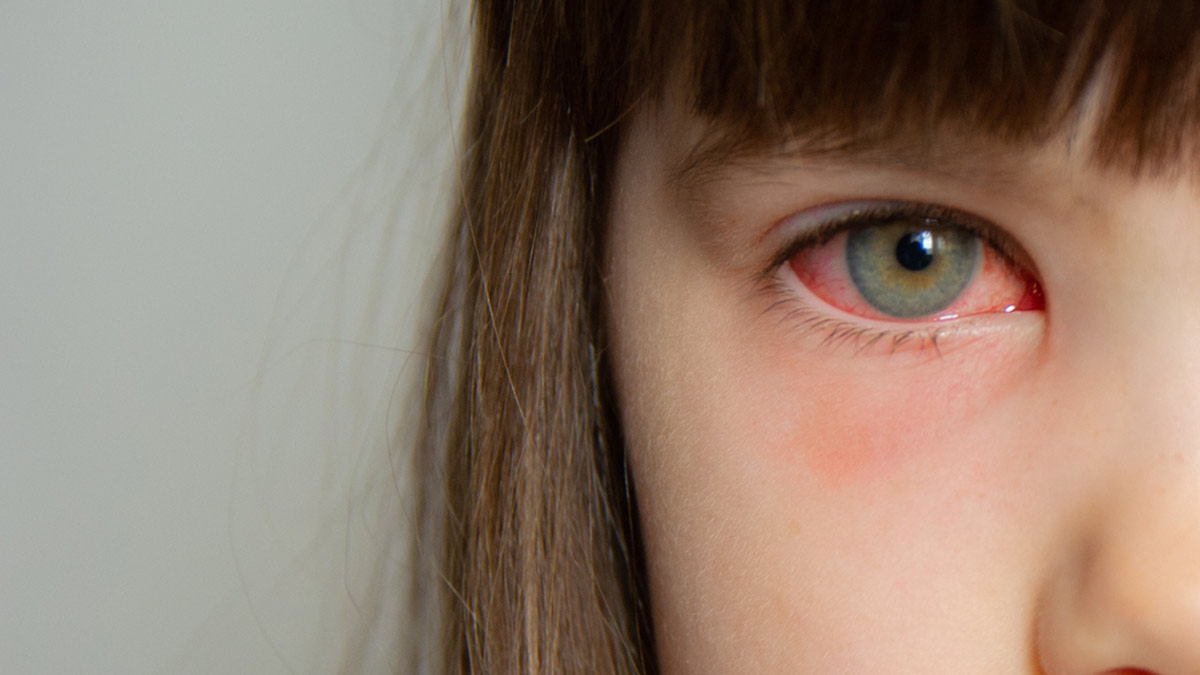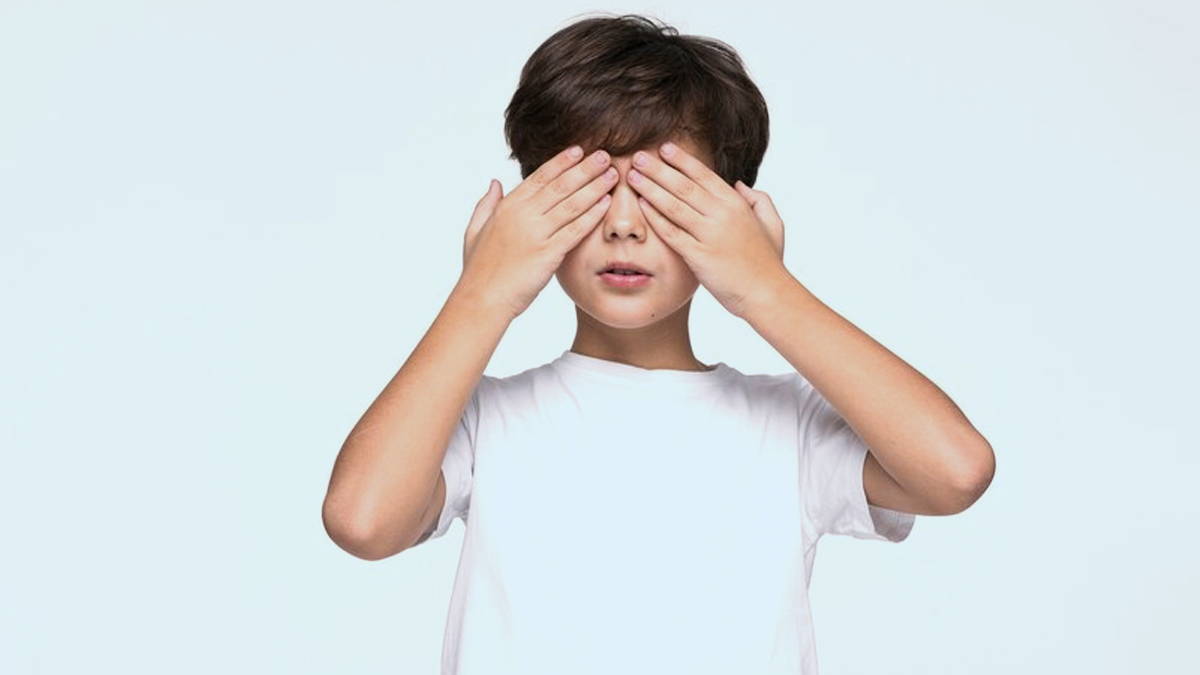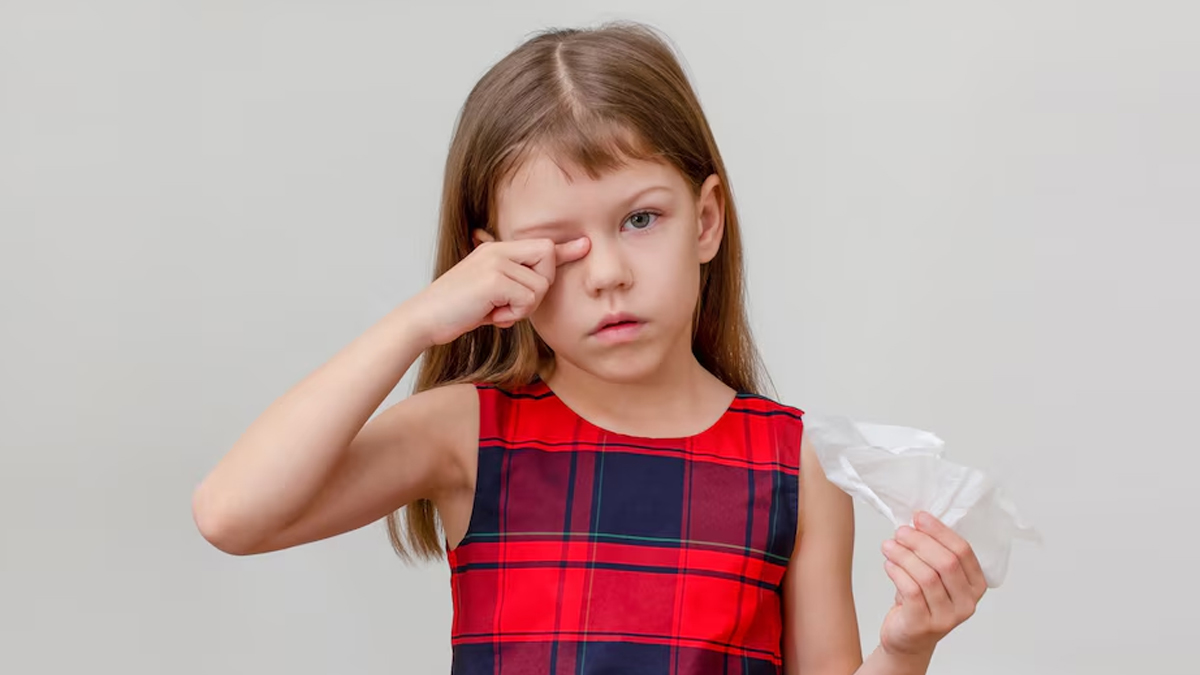
The monsoon season, with its refreshing rains and cooler temperatures, often brings with it an unwelcome guest: conjunctivitis, commonly known as "pink eye." While this eye infection can affect individuals of all ages, children are particularly susceptible during this time of year. The combination of increased humidity, stagnant water, and close contact in schools creates the perfect breeding ground for the bacteria and viruses that cause conjunctivitis. Understanding why children are more prone to this infection during the monsoon is crucial for parents and caregivers looking to protect their little ones from this uncomfortable and highly contagious condition.
Table of Content:-
To understand this in detail, OnlyMyHealth interacted with Dr Abhishek Chopra, Consultant Neonatologist and Paediatrician, Cloudnine Group of Hospitals, New Delhi.
Explaining, Dr Chopra said, “Conjunctivitis, commonly known as pink eye, is an inflammation or infection of the conjunctiva, the transparent membrane that covers the white part of the eye and the inner eyelids. The condition can be caused by viruses, bacteria, allergens, or irritants and is highly contagious, especially in communal settings like schools and playgrounds.” Adding further he said, “Children, in particular, are more susceptible to conjunctivitis during the monsoon season due to several environmental and behavioural factors. Understanding why this happens and taking preventive measures can help protect children from this uncomfortable and sometimes painful condition.”

Increased Moisture and Humidity
The monsoon season brings about a significant increase in humidity and moisture levels, creating an ideal environment for the proliferation of bacteria and viruses. These microorganisms thrive in damp conditions, making infections like conjunctivitis more common. “Children are particularly vulnerable because they are frequently in close contact with one another, whether at school, in daycare centres, or during playtime. This close contact, combined with the high moisture levels, facilitates the rapid spread of the infection,” Dr Chopra said.
Also read: Pink Eye: Ayurvedic Doctor Shares Tips To Manage Conjunctivitis
Lowered Immunity
Children generally have weaker immune systems compared to adults, which makes them more prone to infections, including conjunctivitis. “During the monsoon season, the sudden change in weather can further weaken their immune response. The fluctuating temperatures and dampness can lead to colds and other viral infections, which can, in turn, make the eyes more susceptible to conjunctivitis. For example, viral conjunctivitis often follows a cold or respiratory infection, both of which are more common during the monsoon,” explained Dr Chopra.
Increased Exposure to Contaminants
During the monsoon, children are more likely to come into contact with contaminated water. Puddles, mud, and rainwater can carry bacteria and viruses that cause conjunctivitis. Children, being naturally curious and less cautious, may play in these environments, inadvertently exposing their eyes to harmful microorganisms. Adding further, Dr Chopra said, “The increased presence of allergens like mould and pollen during the monsoon can trigger allergic conjunctivitis, which, while not contagious, can still be very uncomfortable.

Close Proximity in Indoor Settings
The monsoon often forces children to spend more time indoors, where they are in close quarters with others. This close proximity can make it easier for infections to spread, particularly in schools and daycare centres. Warning, Dr Chopra said, “A child with conjunctivitis can easily pass the infection to others through direct contact or by touching shared surfaces like desks, toys, or doorknobs. The lack of proper ventilation in many indoor settings during the monsoon can also contribute to the spread of the infection.”
Also read: Monsoon Health: Expert Lists Tips To Prevent Conjunctivitis
Inadequate Hygiene Practices
Children are less likely to adhere to strict hygiene practices, which increases their risk of contracting conjunctivitis. They may not wash their hands frequently, rub their eyes with dirty hands, or share towels and other personal items with their peers, all of which can facilitate the spread of the infection. During the monsoon, when the risk of conjunctivitis is higher, these habits can lead to a rapid increase in cases among children.
Allergic Conjunctivitis
Children can also have allergic conjunctivitis which is not contagious and is more likely in children with a history of other allergies and signs include runny nose and sneezing.

Preventive Measures
To protect children from conjunctivitis during the monsoon, parents and caregivers should emphasise the importance of good hygiene. “Regular handwashing, avoiding touching the face, and not sharing personal items can significantly reduce the risk of infection. It’s also important to ensure that children dry off quickly after getting wet and avoid playing in stagnant water,” Dr Chopra recommended. If a child shows symptoms of conjunctivitis, such as redness, itching, swelling over eyelids or discharge from the eyes, they should be kept home from school and seen by a healthcare provider to prevent the spread of the infection to others. Eyes should be cleaned with cotton balls soaked in water with cleaning done in one direction ie outwards from inside of eye with each cotton ball discarded to prevent recontamination.
Also watch this video
How we keep this article up to date:
We work with experts and keep a close eye on the latest in health and wellness. Whenever there is a new research or helpful information, we update our articles with accurate and useful advice.
Current Version